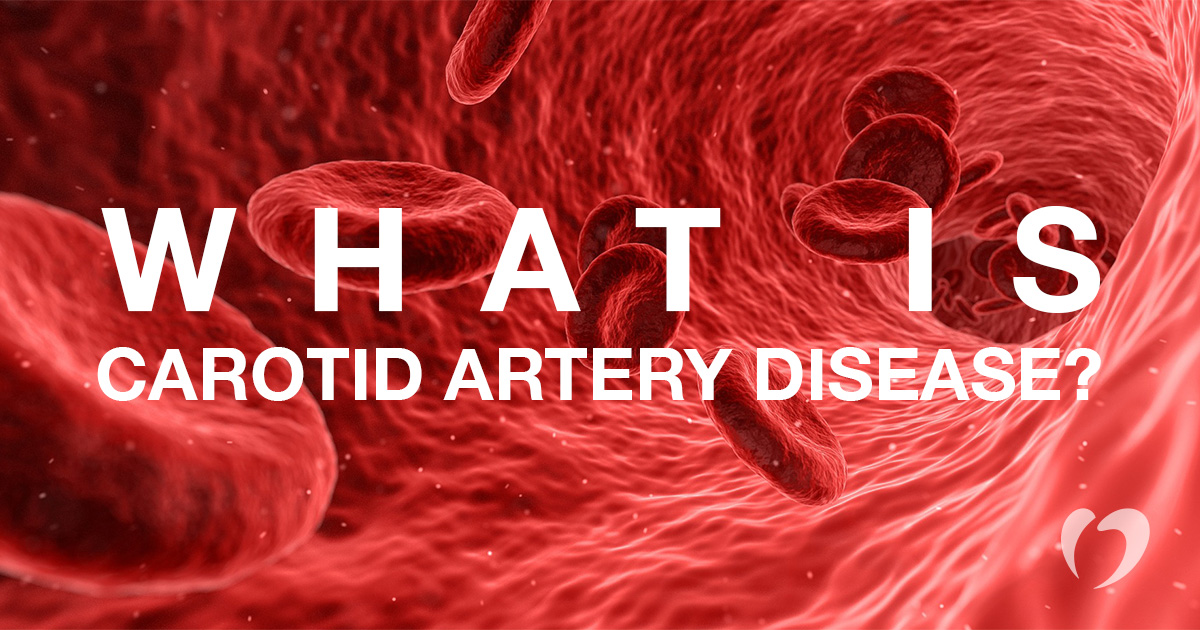An Overview of Carotid Artery Disease

The carotid arteries are the blood vessels on either side of the neck that primarily deliver blood to the brain. Carotid artery disease, also called carotid artery stenosis, occurs when these arteries become narrow due to the buildup of fatty substances and cholesterol deposits, which are commonly called plaque. As this plaque builds over time, it can restrict blood flow to the brain, which may cause a stroke. Pieces of plaque can also break off and result in blood clots, which may also cause a stroke if the clot reaches the brain.
Risk factors for carotid artery disease include high blood pressure, high cholesterol, diabetes, obesity, physical inactivity, smoking, age, and family history. High blood pressure can weaken your arteries over time and increase the risk of damage to the walls of your arteries. High cholesterol and diabetes can contribute to the buildup of plaque in the arteries, while smoking increases your heart rate and blood pressure. A family history of either coronary artery disease (a buildup of plaque in the arteries around the heart) or carotid artery disease increases your risk. Typically, coronary artery disease occurs first and may be followed by carotid artery disease a few years later.
Typically, there are no early symptoms of carotid artery disease. Often, the first symptom is a transient ischemic attack (TIA) or a stroke. Symptoms of stroke may include weakness or numbing on one side of the face or body, sudden loss of balance or difficulty walking, difficulty speaking, sudden confusion, or blurred vision. If you or someone you know experiences these symptoms, seek immediate medical attention by calling 911.
Your doctor may diagnose carotid artery disease through a routine checkup or specialized tests if you have a family history or are in a high-risk category. Sometimes, just listening to the carotid arteries with a stethoscope can identify the possibility of carotid artery disease. An ultrasound of the carotid arteries is a noninvasive and painless test to determine if the arteries are narrowed or blocked. Magnetic resonance angiography (MRA) and computerized tomography angiography (CTA) can also be used as noninvasive procedures to collect images of the arteries and the brain to determine if blockages have occurred. The gold standard for diagnosing carotid artery disease is an angiogram. The use of contrast dye injected into the arteries combined with x-rays allows your physician to see blood flow through the carotid arteries in real time.
Once your Oklahoma Heart Hospital physician has diagnosed you with carotid artery disease, he or she will discuss with you the best course of treatment. Your doctor may recommend daily medication to reduce your risk of stroke and lower blood pressure or cholesterol. There are also many lifestyle changes that can help reduce your risk of stroke from carotid artery disease, including losing weight, increasing physical activity, quitting smoking, and eating a heart-healthy diet.
Depending on the severity of blockage in your arteries, your Oklahoma Heart Hospital physician may also recommend a procedure to open the arteries. The two basic procedures are an endarterectomy and carotid artery stenting. During a endarterectomy, the blockage of plaque and diseased portions of the artery are removed and the artery is sewn back together. Carotid artery stenting is a newer and less-invasive procedure that involves placing a small stent (or tube) to keep the artery open.
To discuss your individual risk factors and treatment options for carotid artery disease, contact the Oklahoma Heart Hospital today for an appointment with one of our physicians.
